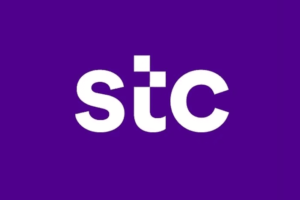 Today, Microsoft unveiled the long-awaited Windows 8 platform, an operating system which promises to take the computing experience to another level. This is probably the most important announcement in Microsoft’s history since the launch of its Windows 3.0 in 1990. This is not just a product announcement; it is a new strategic direction that will redefine the way computers are used.
Today, Microsoft unveiled the long-awaited Windows 8 platform, an operating system which promises to take the computing experience to another level. This is probably the most important announcement in Microsoft’s history since the launch of its Windows 3.0 in 1990. This is not just a product announcement; it is a new strategic direction that will redefine the way computers are used.
The goal here is to move away from the ageing PC paradigm where the user experience is designed and locked into desktops and notebooks. Microsoft is now promoting the “Personalized Computing Experience”, where the experience is no longer attached to a computer but defined as a framework tailored to the user’s needs regardless of the nature of the device being used.
It is becoming clear that the PC market, the core business of Microsoft, is shrinking. This is due to both cannibalization by the tablet market and the slow PC replacement cycles. Consumers are not prepared to upgrade their PC hardware unless major enhancements in terms of both performance and user experience are offered. It is striking that almost a third of all PC users are still using Windows XP, a version launched more than 11 years ago. In addition, major OEMs are now shifting their interests away from the relatively low-margin PC business and focusing on areas where they can differentiate their products.
The popularity of tablets and smartphones clearly indicate a major shift in the way users interact with their devices away from the keyboard and the mouse. Touchscreen and, increasingly, gesture and voice recognition have emerged as alternative interfaces currently enabling the creation of a plethora of innovative applications and services that have made smartphones and tablets very popular. Previous versions of the Windows platform were not designed for a multi-touch experience but Windows 8 is likely to change the game.
The aim of Windows 8 is to enable users to run their applications and services across various devices regardless of either the input/output method used or the screen size of the device. This also very important for developers as they will be able to target a wider audience of users using the application development framework and the same set of APIs. It will also enable Microsoft to grab new opportunities in markets that it was not able to tap into before, including tablets, smartphones, set-top boxes and other consumer electronics devices.
Windows 8 strategy will enable Microsoft to adapt its business to the demands of touchscreen as an ultimate input method for modern computing devices. However, it could take a long time for Microsoft to migrate all its customers to touchscreen due to the PC market’s slow replacement cycles.
Microsoft’s long-term strategic goal is to enable multiple UIs (e.g., keyboard, touch, gesture and voice in the future) for all computing devices – PCs, laptops, tablets and smartphones. The company will want to accelerate the move from the traditional “touchless” computing landscape to multi-UI computing but it is not clear how successful it will be in achieving this goal.
The unified user experience of Windows 8 across various types of device also faces a number of challenges, most notably in the mobile market where Microsoft is a new entrant. How will the software giant manage its partnership with mobile OEMs and create a single marketing message? How will it aligning its platform roadmap with reference designs and points of differentiation of the various vendors? These are not simple tasks, they will require significant investment in terms of time, money and human resources.
June 4, 2025











